TOP TIPS ON HOW TO CHARGE PROPERLY FOR PROFESSIONAL PHOTOGRAPHY.
You might be a budding young photographer who is trying to make it in the professional commercial photography industry. You worked hard and put together a fresh portfolio to get some clients. Finally, some clients liked your work and ask you to give them a quote. Most of the times, this is one the area where by many young photographers are stumped. Questions like, how much should I charge the client or how do I put a value on my services, questions like these are some of the many that new photographers would be puzzled by. We at The Finishing Touch Studio were here once and we have guided a few others with what we learned. We are putting this together so you can get ahead, not make the mistakes we made and charge properly for your services.
1) UNDERSTANDING THE COMMERCIAL PHOTOGRAPHY LANDSCAPE.
First off, we have to take a look at the market and where the job comes from. There are different types of genres within the world of commercial photography alone. Some photographers specialised in one and there are those we who are good at a few. For us, we tend to be able to handle a range of genres quite well. Do take a look at our work as an example. Here lies an issue that new photographers do not realise. Every industry has different range of budget for their marketing. Within in that same industry, there are the ones who have plenty of money to spend and there are some going for the cheapest deal. To make it even more complicated, the amount you can charge is dependent on what type of kind of marketing efforts they are trying to do and. Even the biggest of companies have different budget range for different marketing needs.
To make it simple for you to understand, let us say a big brand such as Toyota might have budget for a $500 shoot, a $5000 shoot or even a $50000 shoot. It all depends on what type of marketing they are doing. A $500 dollar shoot might be your simple social media lifestyle type of photos that might take a day or two to complete without much planning. A $50000 might be for a brand new car launch for their marketing materials that requires weeks of planning and production.
Many of us would think, that the $50000 dollar shoot is the job that I want to get, however, it is not that simple. Usually, the $500 shoot goes to a photographer the client thinks is value at $500 because of the low risk the client themselves are taking. For the $5000 job, where by the risk is medium, they might go for a $5000 photographer or they might take a chance on the $500 photographer provided he gives a better rate than a $5000 photographer. However for the $50000 job, they definitely are going for the best of the best commercial photographers out there to get the job done as fuss free as possible.
With all that said, so how do you charge for your photography? Firstly, I do think when you start out as a photographer, take whatever jobs that comes your way. Whether it pays well or not, choose those that will grow your portfolio. If a big brand has a small budget for you to shoot with, like the $500 job, just take it and get the clientele under your belt. In time to come, you might get the $5000 job if you build a credible portfolio.
2) WHAT DO I NEED TO PUT INSIDE MY PHOTOGRAPHY QUOTATION?
There are quite a few components that goes in to a professional photography quote rather than just one big lump sum. Here are some of the key areas that you should put in to your breakdown of your quotes. This way, your client understand what they are paying for and you on the other hand look like you understand what you are doing and not plucking numbers from the air. Here are some areas to consider.
PRE-PRODUCTION:
Project planning
Recce
Talent casting
Producer fee
Props searching
Wardrobe
PRODUCTION:
Photographer’s fee
Producer’s fee
Loading fee (See detailed explanation below)
Photographer’s assistant fee
Digital technician fee
Camera equipment
Lighting equipment
Grip equipment
Logistics / Transportation fees
Catering
Make-up and Hair stylist
Wardrobe stylist
Art director’s fee
Props / Set
Studio Rental
Misc
POST-PRODUCTION:
Digital imaging
Retouching
Composite
3D rendering
3) WHAT IS LOADING FEE?
Loading fees are additional fees on top of your photography fee. These are fees are usually pre-set and agreed before the shoot start. Most professional photography businesses have a fixed percentage of how they charge for loading. It could vary from firm to firm but it can range from 20% to 30% of the photographer’s fee per loading item.
As seen above with one of the production charges, loading fees are the one that photographers new or even older ones are not familiar with. Loading fees are usually used when it comes to advertising agencies. Commercial photographers who worked with advertising agencies are familiar with these terms as these are the same terms that are charged to their clients. If you do not know these terms, the client and agencies might get away with saving a lot of money not paying you the loading fee. However, if you do not know this, usually it would mean you are quite new or unsure which also means there is a high chance of risk involved due to lack of experience. It works the other way as well for the clients themselves. Usually the new and young marketers do not know all these terms.
How should you go about charging loading fees? There are 3 components to it:
Media Usage
Countries / Territories
Duration of use
MEDIA USAGE:
Media usage is where the image would be used. The more media mediums used the more is charged. Usually it is divided into mainly digital or print. It could also include media usage on television commercials, 3rd party usage or billboards. All of which can be added as one media usage. So for example, Digital is one media usage, adding print will be an additional loading charge.
COUNTRIES / TERRITORIES:
This is where it involves which countries it will be used in. By default, it would be your local country. Some would require worldwide usage such as our client Club Med as their target audience is all across the world. You can charge by the number of regions that they are using it in. For example, Asia region, Europe region or American region. Each region can be considered as one additional loading. So for example, if I am using it for Singapore, there will be no loading fee, but if it is used other countries in Asia such as Thailand, I will add 25% loading fee to the quote.
DURATION OF USE:
In general, 1 year of usage is by default unless specified beforehand. After that, usage of the image is prohibited. In order to use it for a longer duration, a loading would have to be paid. The usual practice is to charge additional fee for each year of usage.
CONCLUSION:
To sum it all up, charging your client is a complex balance of knowing your value, sourcing the cost of vendors as well as understanding your client’s budget for the job. It can be tricky as some clients are just looking for the cheapest deal, there are low quality photographers which will just give the lowest quote as they might have found it hard to charge more, so their way is to do more for jobs quickly. It is not a good way to go about the professional photography route as their portfolio will suffer over time and they will find it hard to get bigger jobs. On the client’s end, we have heard of stories and seen examples where by the client went for the lowest bidder and had terrible images produced. We advise to charge fairly based on your experience and portfolio, as you grow, better and bigger jobs will come. We hope that we are able to help with these tips!
We love to hear from you.
Here at The Finishing Touch Studio, we're one of Singapore’s leading photography production company that offers a suite of services to cater to brands and businesses. Besides all the business stuff, we engage with the community to teach and grow budding photographers. If you are looking to learn photography or grow as a photographer, we are happy to talk more. So speak to us!

